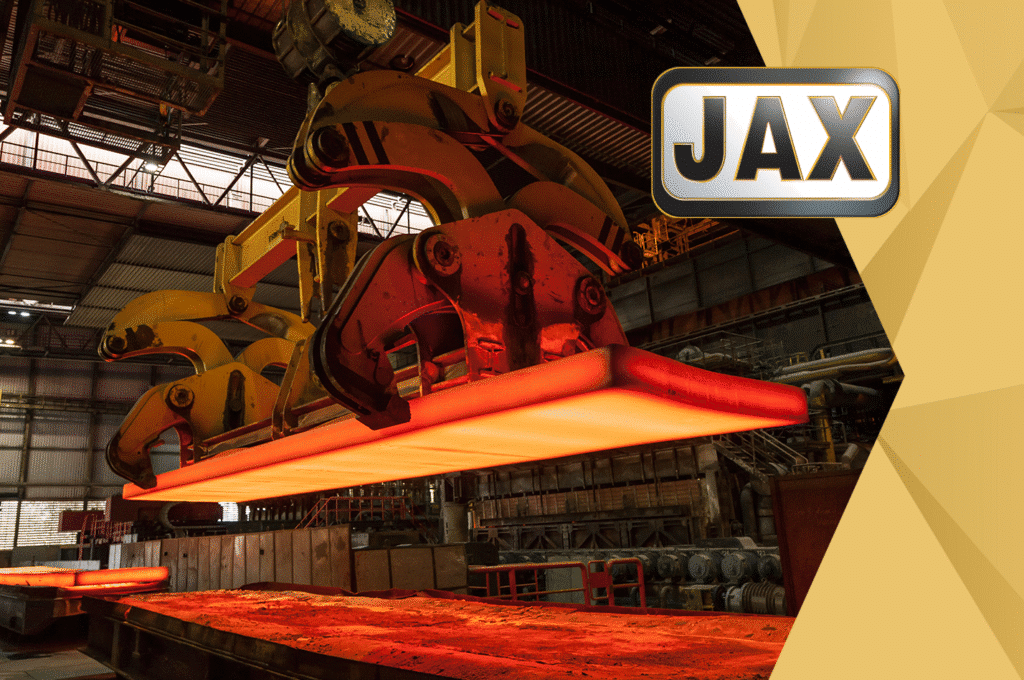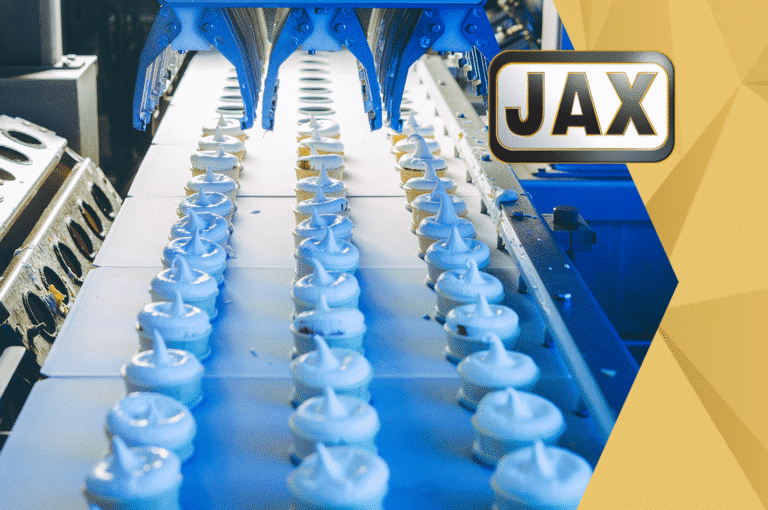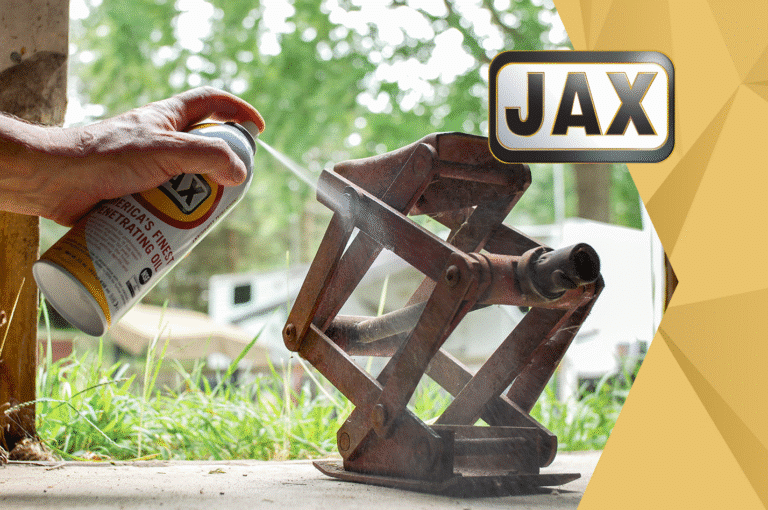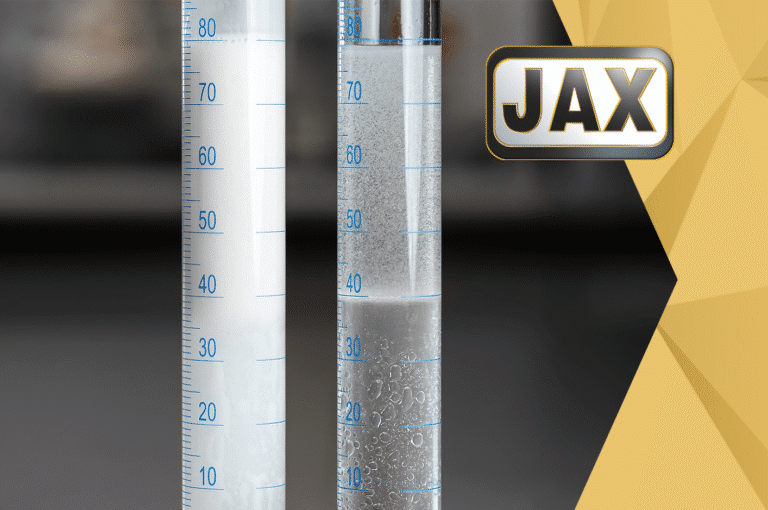As your application reaches critically high temperatures, your choice of grease becomes equally critical. Selecting a grease that is not intended for extremely high temperatures may lead to unwanted outcomes. These disasters include grease thickener breakdown, extreme lubricant oxidation, and lubricant leakage, all of which add up to increased repair and application costs.
To ensure your high temperature grease is the lubricant for the job, you need to examine the three main grease components: base oil, thickener, and additives. Each component affects how the grease behaves in elevated temperatures. In this article, we’ll explore the significance and influence of each component on high temperature performance of a grease.
Base Oil Characteristics
Two main properties of the base oil affect high temperature performance: base oil type and viscosity. Greases have several fluid types. Naphthenic oils are common in soap greases such as lithium and aluminum complex, as they have good solvency for soap thickeners, but poor volatility and oxidation stability. Moving up a gear, paraffinic mineral base oils are more refined and typically provide better oxidative stability than naphthenic oils. Synthetic base oils, with the most popular being polyalphaolefin (PAO), provide enhanced thermal stability over mineral base oils, ensuring better oxidation stability and less viscosity loss at high temperatures.
Concerning base oil viscosity, it’s important to think in terms of fluid film thickness. When a grease with a low base oil viscosity range is at elevated temperatures, the fluid film may become too thin for adequate metal surface protection and lubrication. This may lead to increased oil separation of the grease. In contrast, higher viscosity base oils (minimum ISO 220) are better suited for high temperature applications, where the appropriate film thickness of the base oil on the metal surface remains intact despite the hotter environment.
Thickener Stability
The chosen thickener must have high thermal stability, as well as a high consistency (NLGI grade) to withstand softening and excessive oil bleed at elevated temperatures. Grease thickener types influence the high temperature stability. For example, lithium 12-hydroxystearate thickeners are commonly found in multipurpose greases but have a dropping point around 180°C (356°F) and cannot be used beyond 120°C (248°F). Complex soap thickeners such as lithium complex and aluminum complex greases, along with polyurea greases, have higher dropping points around 260°C (500°F) and have improved high temperature stability, and can be used in operating temperatures up to 175°C (350°F). Calcium sulfonate thickeners showcase even greater high-temperature stability, with dropping points over 300°C (572°F) and, with synthetic base oils, can reach operating temperatures of 195°C (383°F).
Additives
In addition to the high temperature characteristics provided by the base oil and thickener, the stability of the grease can be further enhanced by antioxidant additives to extend the lubricant life. Antioxidants work as radical scavengers to fortify a resistance to degradation of the lubricant. Having many different kinds of antioxidants, which are activated at different temperatures, creates an AO package that significantly increases the longevity of the lubricant and aids in better volatility performance.
Conclusion
When your application environment requires a high temperature grease, remember that not all greases are designed the same. The grease thickener, base oil type, and viscosity, along with the additive package, are all critical factors in how that grease will perform or last at elevated temperatures. Accounting for these factors will ensure proper grease lubrication occurs despite its surroundings.








